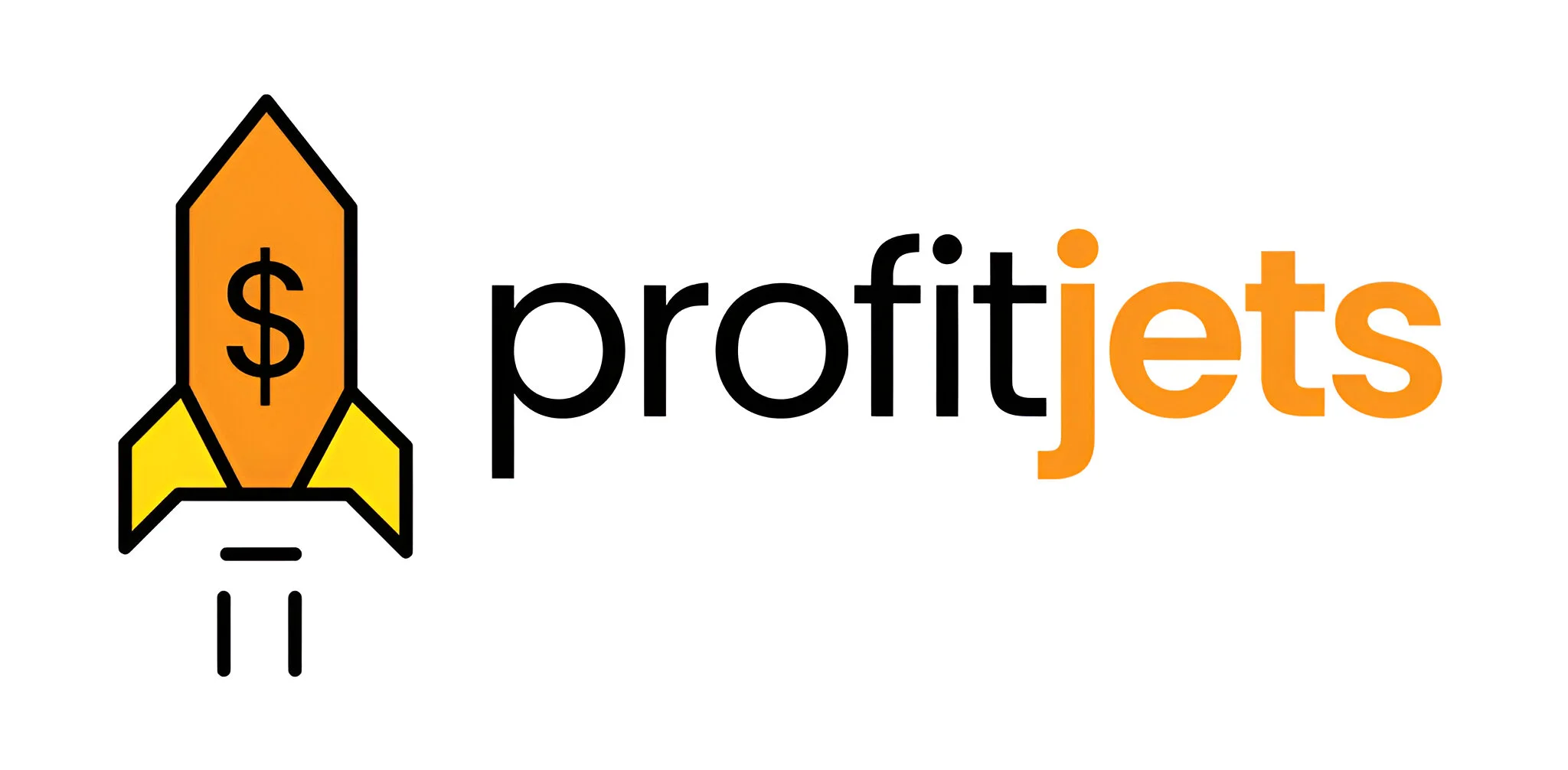Choosing the correct classification for workers—whether as 1099 independent contractors or W-2 employees—is a critical decision for both employers and workers. This distinction affects taxes, benefits, and legal responsibilities. In this blog, we’ll explore the types of workers and differences between 1099 workers and W-2 employees, helping you understand which classification suits you best.
Table of Contents
What Does the 1099 Worker Mean?
A 1099 worker, also called an independent contractor, is a self-employed individual who provides services to a business or client. Unlike traditional employees, 1099 workers are not on the company’s payroll but are paid for their services as agreed upon in a contract. They typically have more control over their work, including setting their hours and determining how to complete their tasks.
Characteristics of a 1099 Worker
- Self-Employed: A 1099 worker operates as an independent business entity. They might be freelancers, consultants, or contractors.
- Contract-Based: These workers engage in specific projects or tasks for clients under the terms of a contract.
- Tax Responsibilities: Independent contractors are responsible for paying their taxes, including self-employment tax, which covers Social Security and Medicare.
- Flexibility: They often can work with multiple clients simultaneously, choose their work hours, and determine how and where they work.
When to Hire a 1099 Worker
Businesses might hire 1099 workers when they need specialized skills for a specific project or to avoid the costs associated with full-time employees, such as employee benefits, social security, and payroll taxes. This can be a cost-effective solution, particularly for short-term projects.

What Does the W-2 Employee Mean?
A W-2 employee is a traditional employee who works directly for a company. Unlike 1099 workers, W-2 employees are on the company’s payroll and are entitled to various benefits, such as health insurance, retirement plans, and paid time off. Employers must withhold income taxes, Social Security, and Medicare taxes from W-2 employees’ wages and contribute to these taxes on their behalf.
Characteristics of a W-2 Employee
- Employer-Employee Relationship: W-2 employees work under the direction and control of their employer, which includes following set hours, work procedures, and company policies.
- Benefits: They are typically entitled to health insurance, retirement plans, and paid leave.
- Tax Withholding: Employers withhold federal and state income taxes and Social Security and Medicare taxes from their paychecks.
- Job Security: W-2 employees often have more job security than 1099 workers, with unemployment benefits and workers’ compensation protections.
When to Hire a W-2 Employee
Employers should hire W-2 employees who need long-term, consistent work under direct supervision. W-2 employees are generally more integrated into the business and often play critical roles in daily operations.
1099 vs W-2: Key Differences
| Aspect | 1099 Worker | W-2 Employee |
| Employment Status | Independent Contractor | Employee |
| Tax Responsibility | Pays self-employment tax | Employer withholds and pays payroll taxes |
| Benefits | The employer provides no benefits | Eligible for employer-provided benefits |
| Control Over Work | High control over how work is done | Employer dictates work methods and hours |
| Job Security | Project-based, less job security | Typically, more secure with employment protections |
| Payment | Paid per project or service | Paid regularly (hourly or salaried) |
The differences between 1099 and W-2 employees are significant, impacting everything from tax obligations to job security. Understanding these differences is essential for both employers and workers.
What should you file: While filing Form 1099 & W-2?
Filing as a 1099 Worker
If you are classified as a 1099 worker, you will receive a Form 1099-NEC from each client who paid you $600 or more during the tax year. This form details your earnings, and you’ll use it to report your income to the IRS. As a 1099 worker, you are responsible for paying your income taxes, including self-employment tax.
Filing as a W-2 Employee
W-2 employees will receive a Form W-2 from their employer at the end of the tax year. This form reports your total earnings and the taxes withheld throughout the year. You’ll use the information from the W-2 form to file your personal income tax return.
When Should I File My 1099 vs W-2 Form?
Filing a 1099 Form
- Annual Tax Filing: As a 1099 worker, you’ll file your taxes annually using the information from your 1099-NEC forms. You must report all income earned, even if it’s less than $600, and no 1099 form was issued.
- Quarterly Estimated Taxes: Since taxes aren’t withheld from your income, you must make quarterly estimated tax payments to the IRS.
Filing a W-2 Form
- Annual Tax Filing: W-2 employees file their taxes annually using the information provided on the W-2 form. Employers are required to send W-2 forms to employees by January 31st of each year.
- Withholding Adjustments: If you experience significant changes in income or life circumstances, you can adjust your tax withholdings by submitting a new W-4 form to your employer.
How the IRS Classifies Workers in 2025
In 2025, the IRS uses a three-category standard law test to determine worker classification. This test examines:
- Behavioral Control – Does the business control how the work is done?
- Financial Control – Does the worker have unreimbursed expenses, profit potential, or control over payment methods?
- Type of Relationship – Is there a written contract, provision of benefits, or permanence to the work?
While older resources may mention the 20-factor test, the IRS has upgraded its approach to focus on these three core areas. Misclassification can lead to tax penalties and audits (explained further on in the article).
1099 vs W-2: Tax Differences
The tax implications for 1099 and W-2 employees are among the most significant differences between the two classifications.
Also, refer to: 1099 Tax Form Filing
Taxes for 1099 Workers
- Self-Employment Tax: 1099 workers must pay self-employment tax on Social Security and Medicare. This tax is typically higher than that paid by W-2 employees because 1099 workers are responsible for the employer and employee portions.
- Deductions: Independent contractors can deduct business-related expenses, reducing their taxable income. Standard deductions include home office expenses, mileage, and supplies.
- Quarterly Tax Payments: To avoid penalties, 1099 workers must pay estimated taxes quarterly, covering income and self-employment taxes.
Taxes for W-2 Employees
- Payroll Taxes: Employers withhold federal income tax, Social Security, and Medicare taxes from W-2 employees’ paychecks. Employers also contribute to Social Security and Medicare on behalf of the employee.
- Standard Deductions: W-2 employees generally don’t have as many deductions as 1099 workers, but they can take advantage of standard deductions and credits available to all taxpayers.
- Simpler Filing: Tax filing is often simpler for W-2 employees since taxes are withheld throughout the year, reducing the risk of owing a large sum at tax time.
Several businesses overlook state-specific tests, especially those operating in California, Massachusetts, or New Jersey. They could ignore the Federal & State Classification rules of 2025
Federal vs State Classification Rules in 2025
While the IRS and Department of Labor have their criteria, some states apply stricter worker classification tests.
For instance, California uses the ABC test, which presumes a worker is an employee unless the business proves:
- The worker is free from control,
- Performs work outside the usual course of business,
- Is independently established in that trade or business.
Employers should always check their state labor laws in addition to federal rules to ensure compliance.
Which is Better for Your Business: 1099 vs W-2?
Deciding whether to classify a worker as a 1099 contractor or a W-2 employee depends on the needs of your business and the nature of the work. Here are some considerations:
When to Choose 1099 Workers
- Project-Based Work: If you need specialized skills for a short-term project, hiring a 1099 contractor can be more cost-effective.
- Cost Savings: Independent contractors can save businesses money on benefits and payroll taxes.
- Flexibility: 1099 workers offer flexibility as they can be hired for specific tasks without the long-term commitment of a full-time employee.
When to Choose W-2 Employees
- Long-Term Needs: W-2 employees are a better fit for roles that require ongoing work and integration into your company.
- Control Over Work: If you need to manage how and when work is done closely, W-2 employees provide more control.
- Employee Loyalty and Retention: W-2 employees are more likely to feel loyal and committed to their business due to their benefits and job security.
Important Note: If you’re unsure about how to classify a worker, the IRS may offer protection under Section 530 of the Revenue Act—but only if you meet specific criteria.
In 2025, the IRS updated this guidance through Revenue Procedure 2025-10, clarifying that businesses can avoid penalties if they consistently treat similar workers as contractors, issue 1099s properly, and have a reasonable basis for their classification.
How Profitjets Helps You Manage 1099 Contractors and W-2 Employees Effectively?
Deciding which classification works best for your business depends on the nature of the job and the level of control you have over the worker’s tasks. At Profitjets, we help companies navigate this decision with our comprehensive bookkeeping services to ensure all financial records are maintained accurately. Our tax services can assist you in understanding tax obligations for both 1099 contractors and W-2 employees. If your books are behind, our catch-up accounting services will get you back on track, while our CFO services provide strategic financial planning. We also offer bookkeeping for CPAs to support accounting professionals managing multiple client accounts. Let Profitjets handle your accounting, so you can focus on running your business.

Conclusion
The choice between 1099 workers and W-2 employees is not just a legal distinction—it has significant implications for taxes, benefits, and business operations. Understanding the key differences and tax responsibilities associated with each classification can help you make informed decisions that align with your business goals.
Whether you’re an employer trying to determine the best way to hire talent or a worker trying to understand your tax obligations, knowing the differences between 1099 and W-2 can save you time, money, and headaches in the long run. The differences between 1099 and W-2 can save you time, money, and headaches in the long run.
FAQs – 1099 vs W-2
1. Is it better to be a 1099 employee or a W-2?
It depends on your work preferences and financial goals. A 1099 (self-employed individual) enjoys flexibility, potential for higher income, and greater tax deduction opportunities—but also bears the responsibility for self-employment taxes and benefits. A W-2 employee, on the other hand, receives job security, employer-provided benefits, and tax withholding, making it easier to manage taxes and finances. Evaluate your needs before choosing.
2. Do 1099 employees pay more in taxes?
Yes, 1099 workers typically pay more in taxes than W-2 employees because they’re responsible for both the employer and employee portions of Social Security and Medicare taxes through the self-employment tax. However, they can often offset this with business expense deductions, which reduce taxable income.
3. What are the main differences between 1099 vs W-2 workers in 2025?
The primary differences lie in tax responsibility, work control, and benefits. A 1099 contractor controls how the work is performed and pays their taxes. A W-2 employee works under employer direction, with taxes withheld and benefits provided. In 2025, the IRS uses a three-factor test to determine proper classification: behavioral control, financial control, and the nature of the relationship.
4. What happens if a business misclassifies a worker in 2025?
Misclassifying a W-2 employee as a 1099 contractor can result in IRS audits, penalties, and back taxes owed by the employer. In 2025, IRS enforcement efforts are focused on correct classification using the three-category standard law test, and improper classification can also expose the employer to state-level legal issues, depending on location.
5. Can a worker switch between 1099 and W-2 status with the same company?
It’s rare, but possible—only if the nature of the work fundamentally changes. For example, a freelancer (1099) could be hired later as a full-time employee (W-2) if they start working regular hours under employer control. Employers must clearly document the relationship shift to avoid compliance issues.
6. Do 1099 contractors need to make quarterly tax payments?
Yes. Since 1099 workers don’t have taxes withheld from their payments, they’re required to file quarterly estimated taxes with the IRS. This includes both income tax and self-employment tax. Failing to make timely payments can lead to penalties and interest.
7. What forms do 1099 and W-2 workers receive during tax season?
– 1099 workers receive a Form 1099-NEC from each client who paid them $600 or more.
– W-2 employees receive a Form W-2 from their employer, detailing total wages and withheld taxes.
Both forms must be issued by January 31 of the following year.










